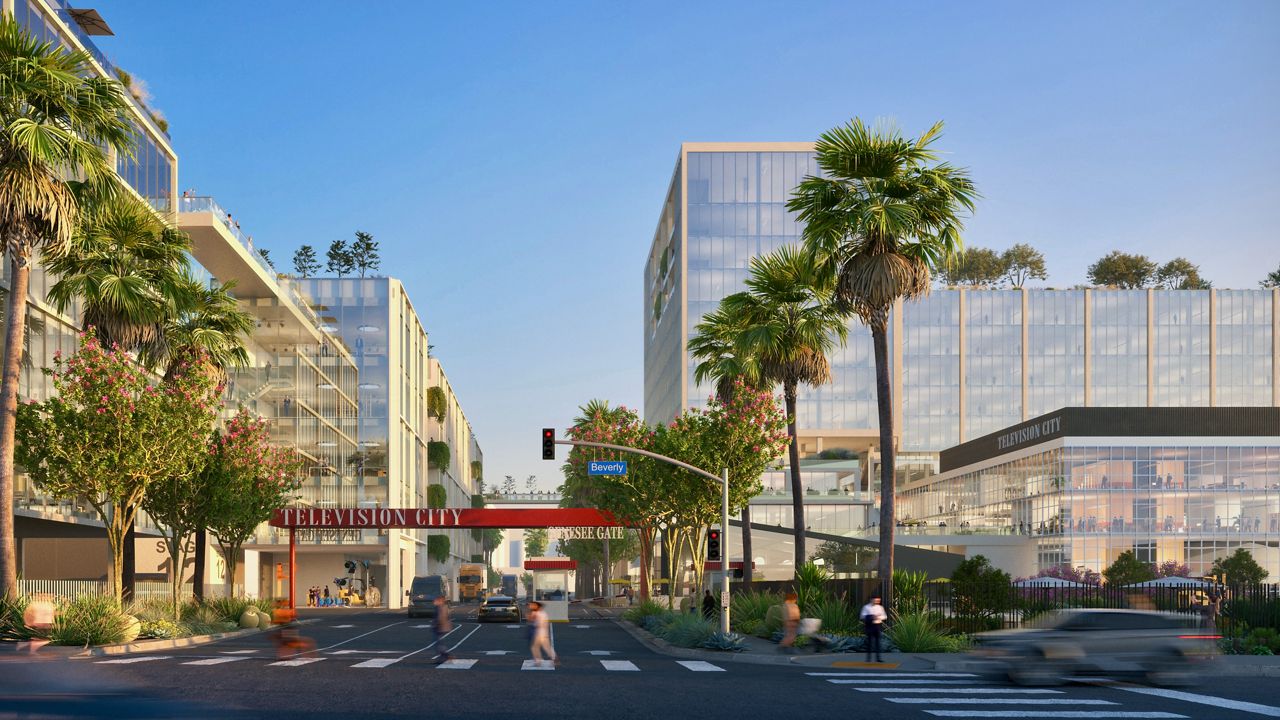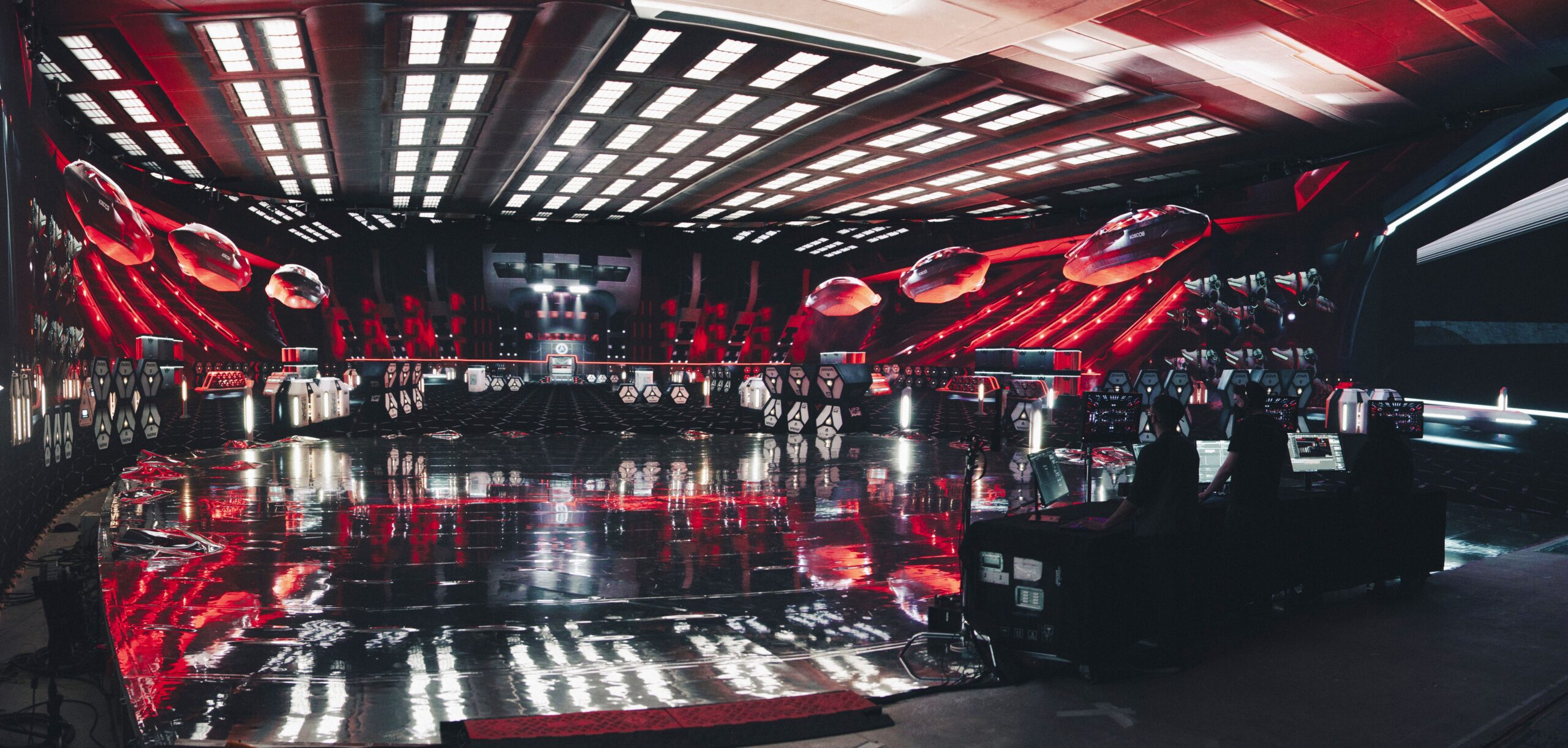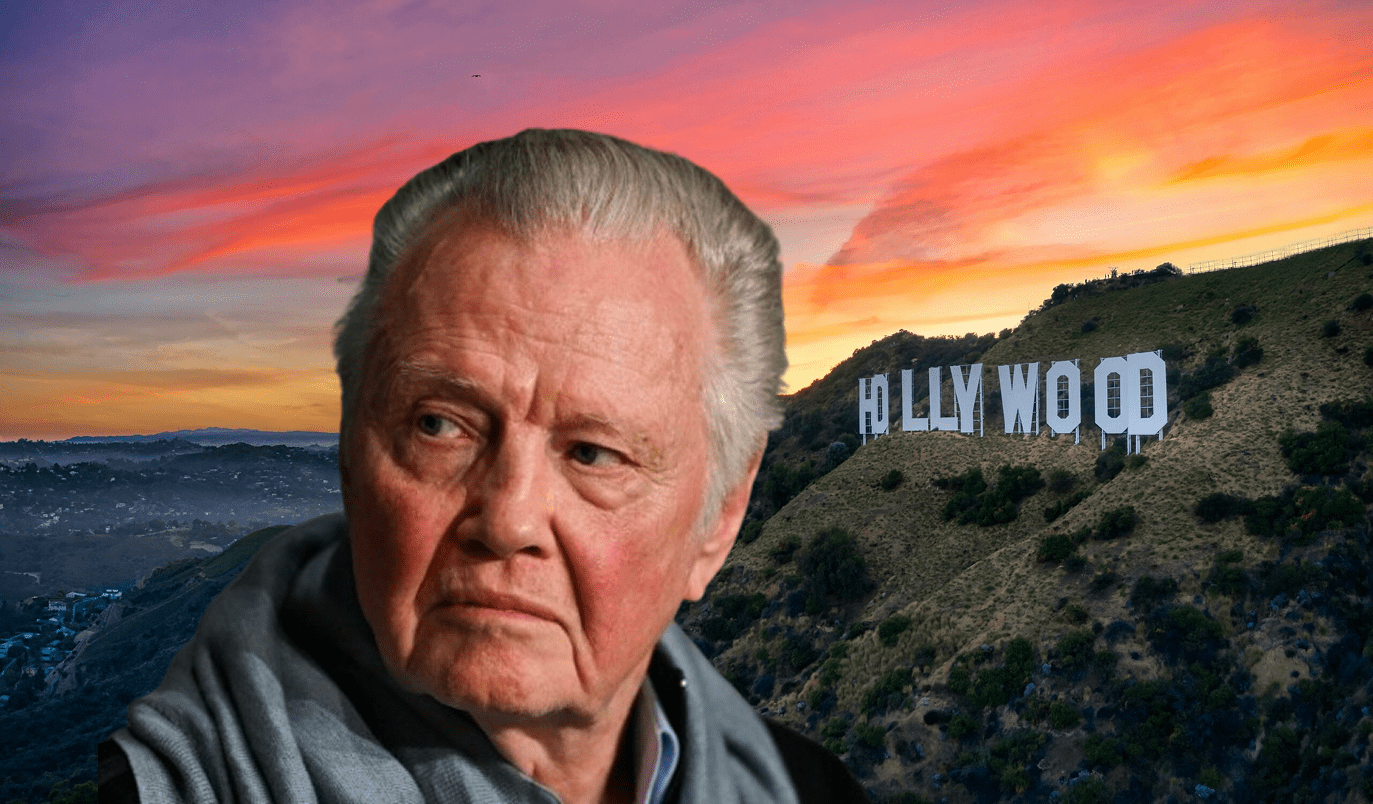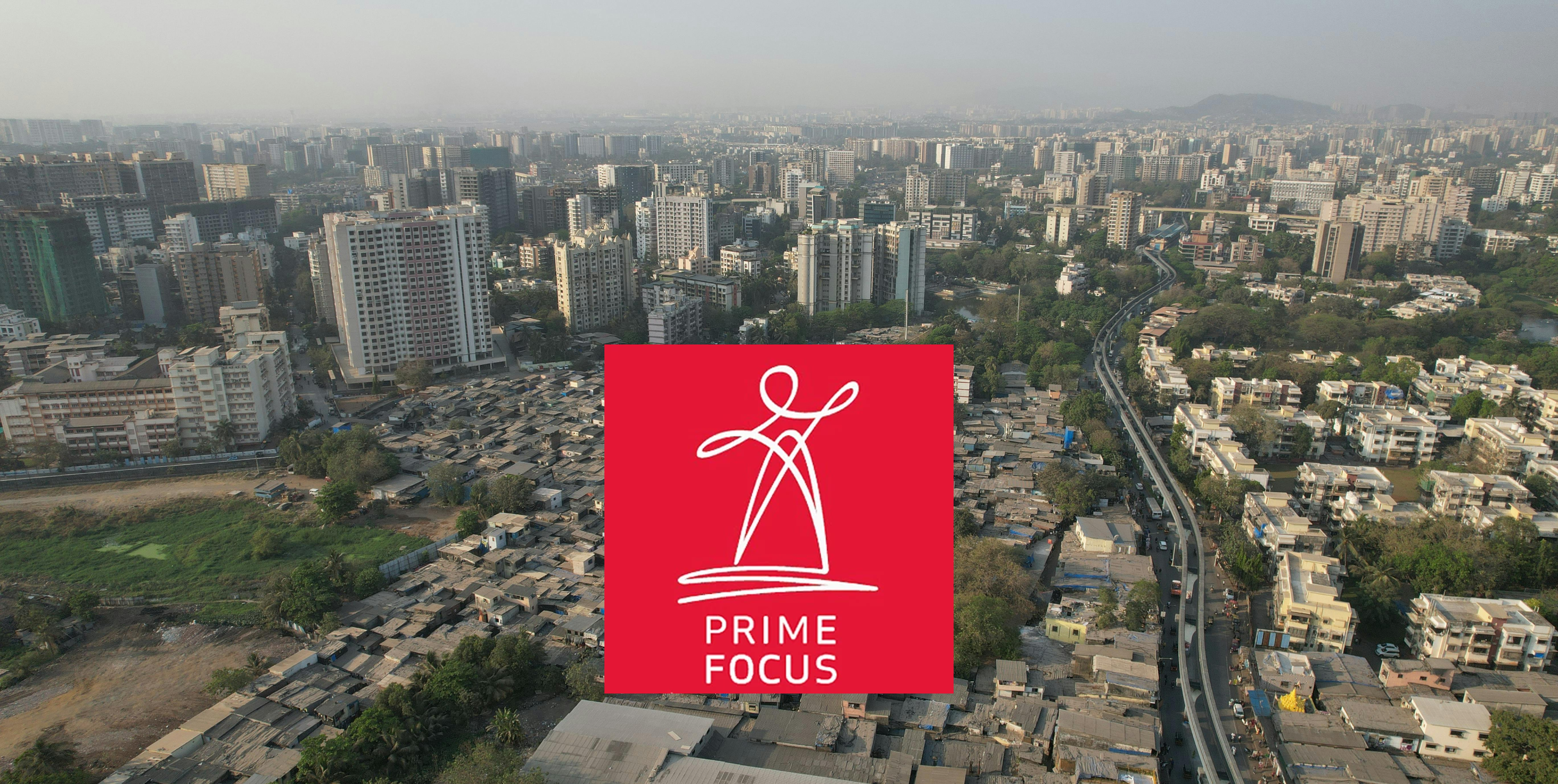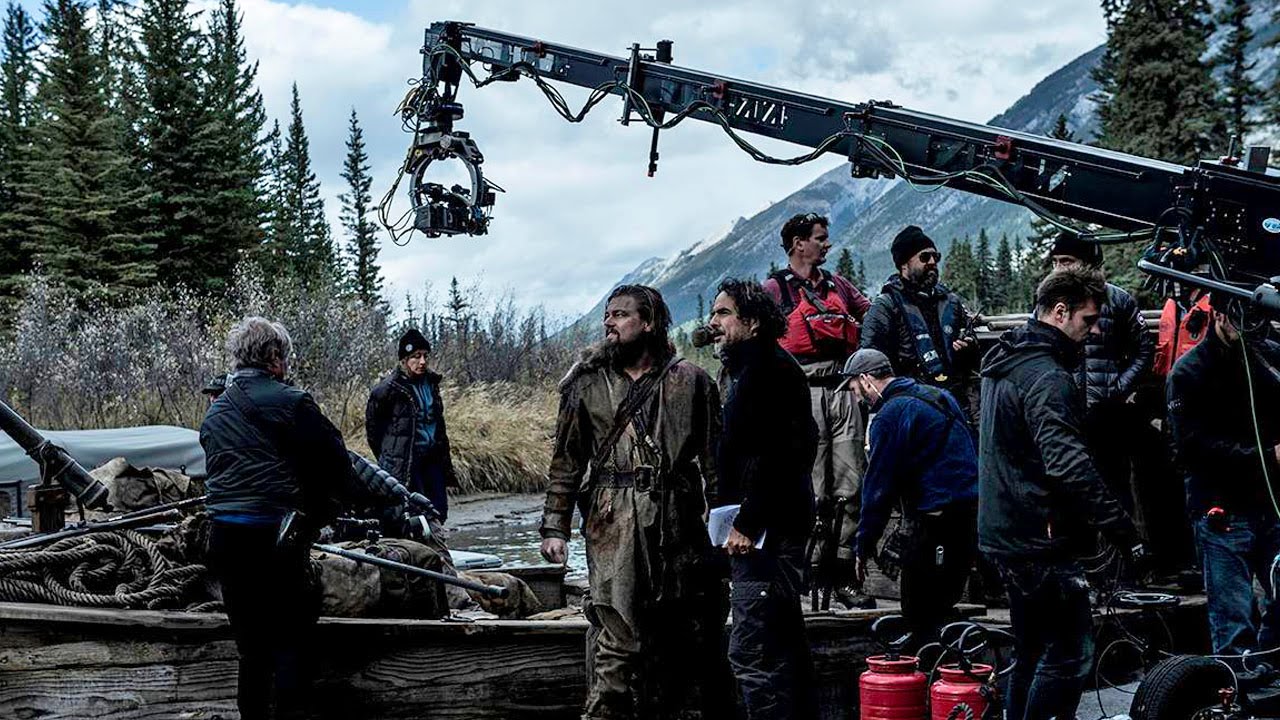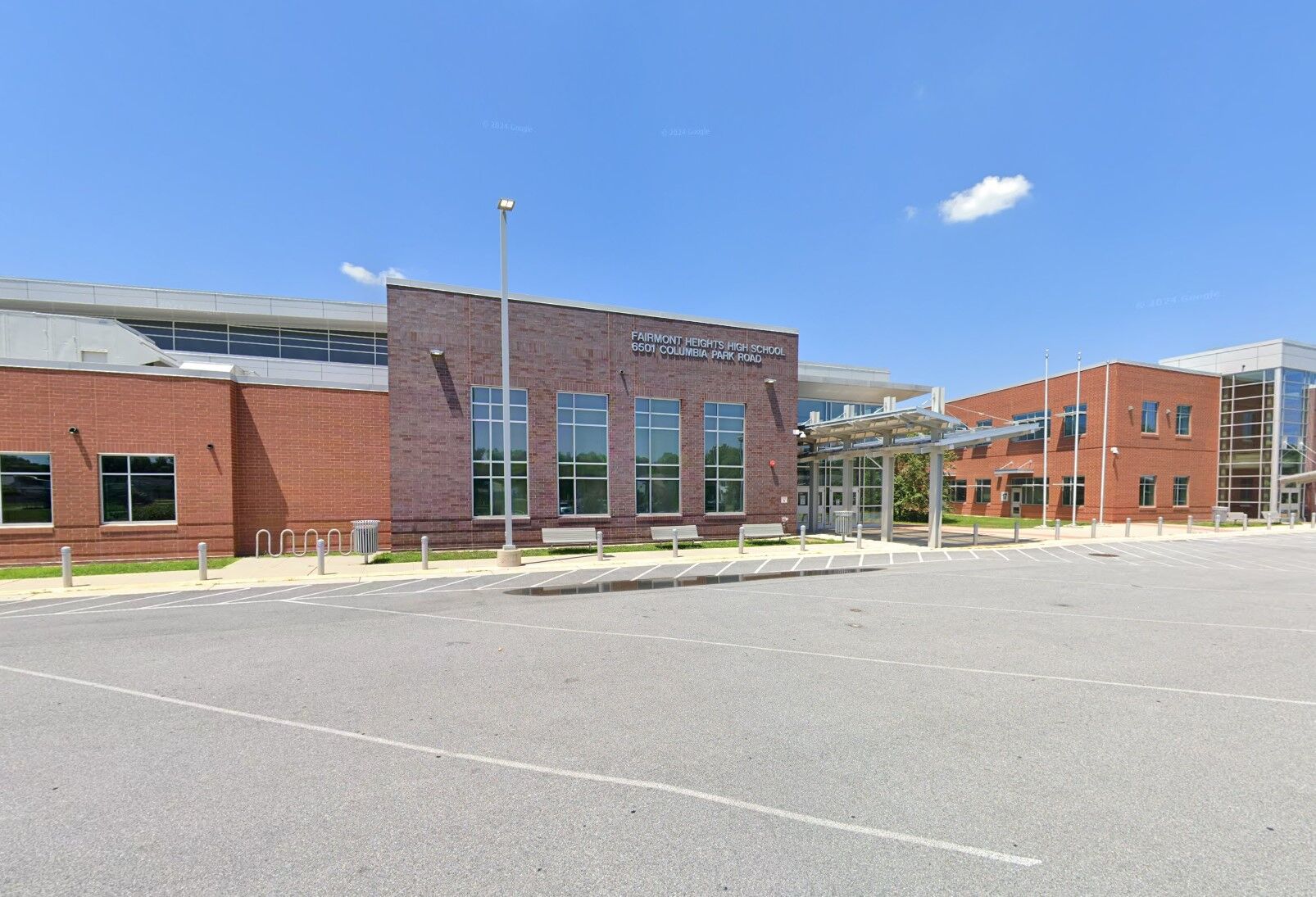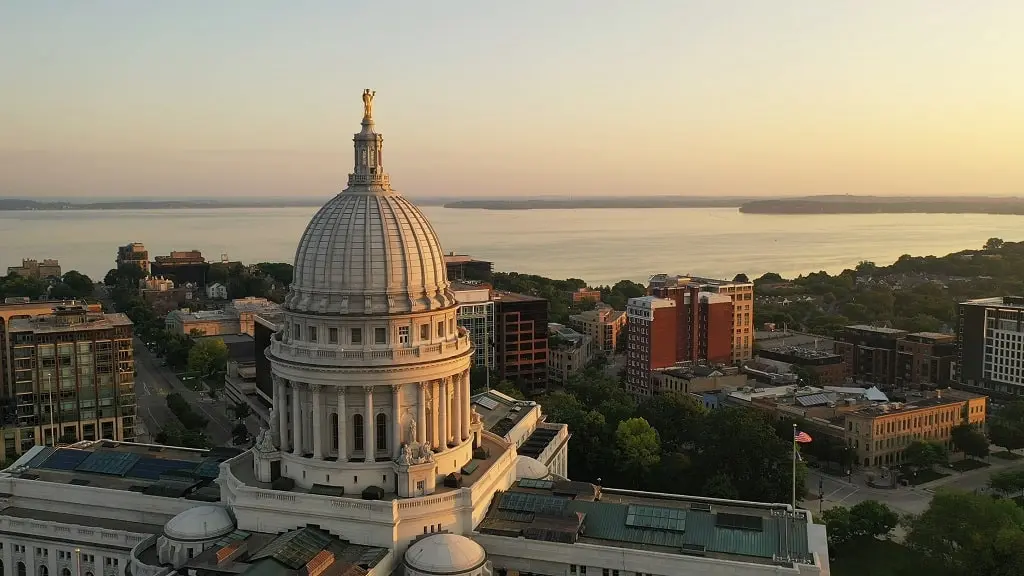Los Angeles is once again at the center of a high-stakes battle over studio space, but this time, the drama isn’t unfolding on screen—it’s happening in court. The long-awaited $1 billion redevelopment of Television City, backed by Hackman Capital Partners, has hit a legal roadblock as Rick Caruso’s The Grove moves to block the project, arguing it violates California’s Environmental Quality Act (CEQA). The expansion, set to transform the historic 25-acre lot into a state-of-the-art production hub, has divided the industry, with unions and entertainment leaders supporting the move while local businesses and neighborhood groups push back.
At the heart of the dispute is the intended purpose of the expansion. Hackman Capital, one of the largest studio operators in the world, envisions Television City as a one-stop shop for production, complete with 980,000 square feet of new offices, production facilities, and retail space, expanding the number of soundstages from eight to fifteen. With Hollywood facing fierce competition from states like Georgia and New York, Hackman argues that Los Angeles needs to invest in its own infrastructure to keep productions local. The project has been overwhelmingly supported by industry unions, including the Entertainment Union Coalition, which represents 160,000 film and TV workers who are increasingly worried about jobs leaving California.
But Caruso and local opposition groups argue the project isn’t what it seems. The lawsuit filed by The Grove claims that the redevelopment lacks guarantees that new soundstages will actually be built, calling it a “speculative real estate venture” rather than a serious investment in Hollywood’s production industry. The Beverly Fairfax Homeowners Coalition has echoed these concerns, alleging that the project is disguised as a film studio expansion when, in reality, it could be more office space under a different name.
In response to the pushback, the Los Angeles City Council modified the plan, requiring that at least 150,000 square feet of the site be dedicated to soundstages and production offices. Hackman has also revised the project’s design, eliminating a proposed 15-story tower and committing to traffic reduction measures to ease congestion concerns.
Despite these adjustments, the battle is far from over. CEQA lawsuits have long been a tool used to stall major developments in California, and Caruso, who has previously criticized the law’s misuse, now finds himself leveraging it to halt a project that many see as crucial to keeping Los Angeles competitive in the film and TV space. If successful, the lawsuit could delay or even derail one of the city’s most ambitious studio expansions in years.
With $1 billion at stake and the future of Television City hanging in the balance, the case will likely set a precedent for how Los Angeles navigates studio development, urban expansion, and its role as the film capital of the world.
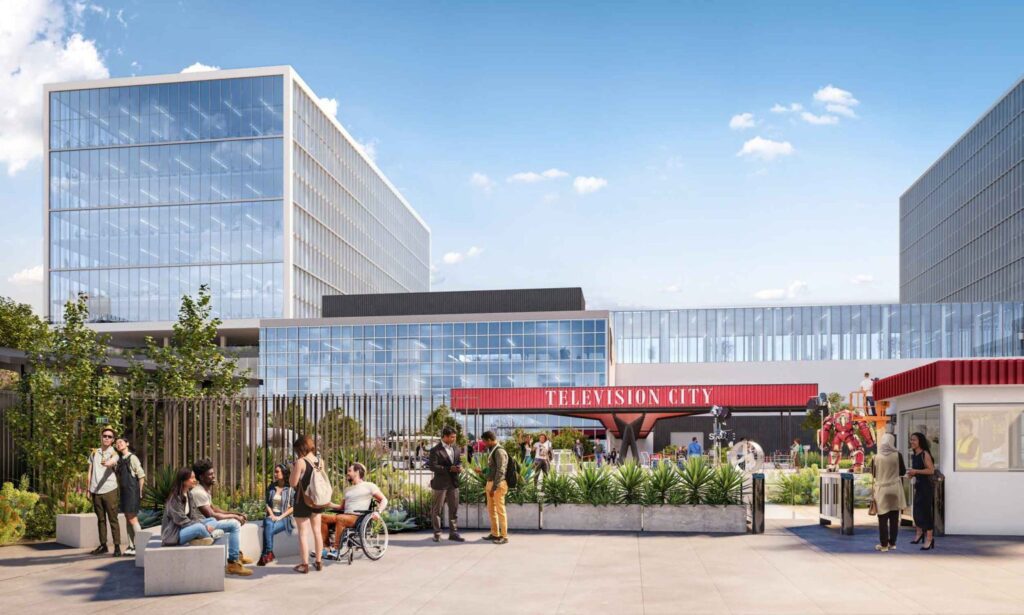
Rendering of proposed Television City Studio Project
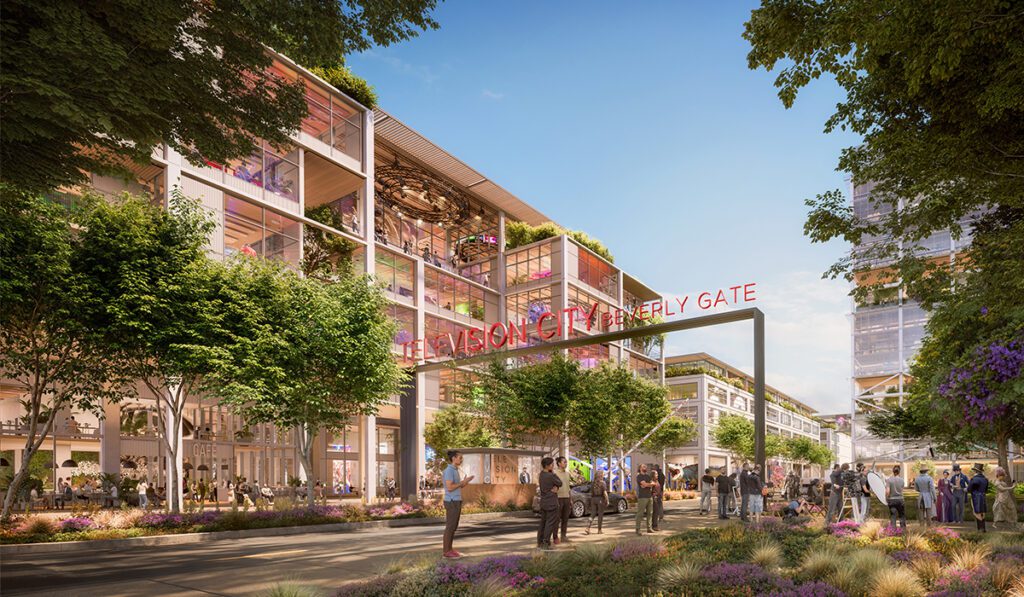
Rendering of Television City Studio Project – Beverly Gate

